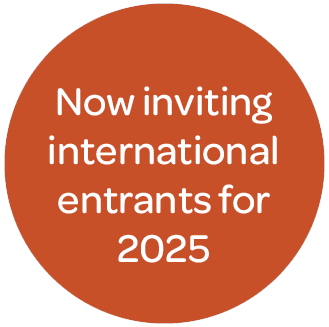Three days of a marketing strategy
Incite Marketing Planning Ltd – 24 June 2019
Source Research Live
A marketing strategy requires deep thinking based on ideas, insights and audience needs. Can this be achieved in any other way than weeks of research, drafts and rewrites?
We believe it can and that agile thinking is the answer.
Marketing planning can be tough. Typically, it’s a process of sharing learning, a workshop or two, and then sitting down to write the final strategy. In our experience the major issues are: failure to agree a plan or, more commonly, significant effort to finalise the plan after it is officially complete; creating the wrong plan and not being ambitious enough; and the desk drawer graveyard where after all that effort there simply isn’t time to implement the plan.
Agile thinking can help circumvent these issues and our thinking is based on the Google Ventures Sprint process. The premise is that a problem or challenge can be solved by a room of people in just five days.
Google Ventures Sprints are highly effective for certain projects but we think they can be better and shorter when it comes to planning a marketing strategy.
The Three Day Sprint
Three-day workshops offer all the advantages of the Five Day Sprint, but they are tuned to the needs of strategic marketing planning.
The first two days of a typical Sprint can be eliminated if participants prepare properly. The challenges can be decided upfront. And it makes sense to gather all research together to ensure everyone is as informed as they can be before the Sprint starts. Participants prepare by reviewing the research materials, sketching out their first thoughts and evaluating which opportunities to pursue.
With that time saved, the agenda looks like this:
- Monday – focus on the opportunities from the pre-work, develop them further, then prioritise
- Tuesday – convert prioritised opportunities into concrete ideas; gain quick consumer input
- Wednesday – determine the final portfolio of opportunities that will combine to form the strategy, ensuring it’s big enough to fulfil ambitions and achievable.
This approach has several benefits: it removes group-think; it reduces the influence of strong personalities; it offers validation from consumers; it gets to better thought-through plans; and it does all of this efficiently within three days.
Evaluation Monday
Firstly, take the opportunities identified upfront, and evolve them by collapsing, gap filling and pushing them further. Do this individually – not collectively – to encourage diversity of thinking.
The next step is to evaluate each of the evolved opportunities based on whether they have a strong (anticipated) consumer appeal, would be profitable, tit with existing capabilities and provide a competitive advantage now and into the future.
The next step is to prioritise. Typically, prioritisation is done by placing sticky dots on different ideas and everyone waits for the most senior people in the room to place their dots before placing their own.
This enforces group-think and is not the way to choose bold ideas.
The solution is a secret ballot. It can be voting slips, but a simpler answer is to ask people to think independently about their choices, write them down, then have them place their dots without changing their mind.
Feedback Tuesday
The second morning is used to optimise opportunities prior to exploring them with consumers in the afternoon/evening.
Until recently we’d have said that you can’t test a strategy with consumers. But we’ve softened our stance. A strategy or an opportunity can’t be tested directly. But you can use what we call ‘initiatives’: sketched ideas that reveal if there’s a genuine consumer opportunity – and how it might be addressed.
Example initiatives don’t have to be perfect, and they don’t have to be final, but they must be realistic.
So, if the opportunity was to attract a new consumer segment with a new product, what might that product’s features be? How might it be advertised?
Testing initiatives with consumers provides the raw material for day three – bringing it all together. A small number of qualitative interviews (typically five) will reveal enough to guide decision making.
Ready to write Wednesday
The next task is to come to a final strategy by combining a portfolio of opportunities. We do this by revisiting day one’s prioritisation exercise in light of what was learned on day two.
Typically, that’s by estimating the potential size of the opportunity and how easy it would be for the company to address it. Sometimes you get a big opportunity that is relatively easy but more often you get a mix of easy small wins and big-but-risky opportunities. We map opportunities on these two dimensions to help pick the right ones.
The opportunities that feed into the final strategy should have the right combination of risk and reward, based on a brand’s capabilities and aspirations.
The portfolio of opportunities can be tested – place a realistic incremental value on each, factoring in the likelihood of success, and add them up to see if they hit the overall goal. If they don’t, go back to the map and re-select the opportunities for the strategy. This will ensure that the overall strategy is bold enough and realistic enough.
Finally, we place the selected opportunities into the final strategy. And then it’s time to start writing.
How many people should take part in a three-day sprint? Experience suggests that you only need seven: those with an active role in strategy creation. And don’t forget the facilitator – their experience and attention to detail will matter a great deal.
One of the most likely questions is ‘Why should we change our approach?’ The simple answer is, if it worked last year and all targets were achieved then don’t change; but if targets weren’t achieved, it’s worth giving another approach a go.
Three days could change the future.
Get the latest MRS news
Our newsletters cover the latest MRS events, policy updates and research news.















